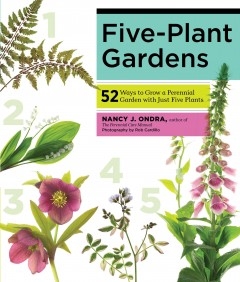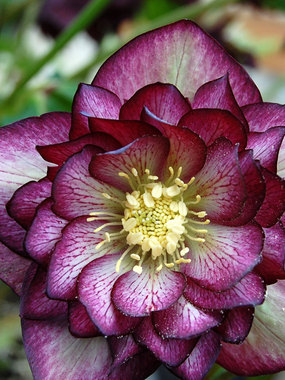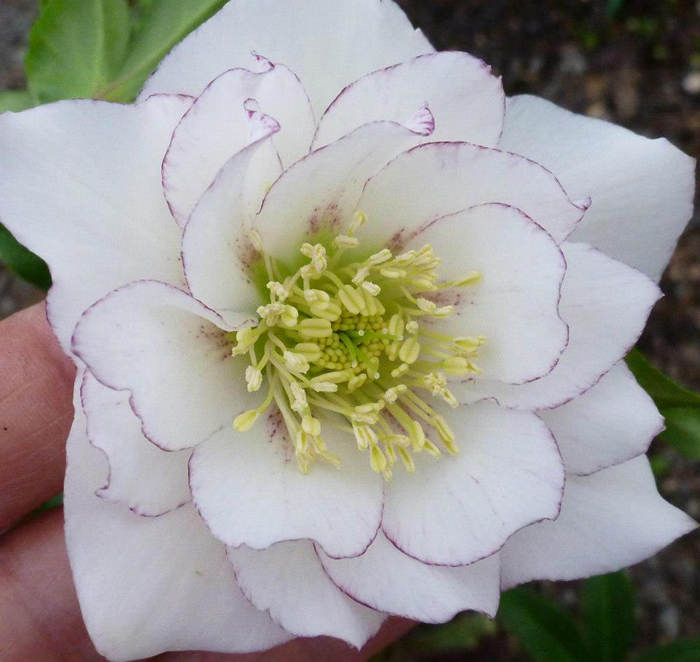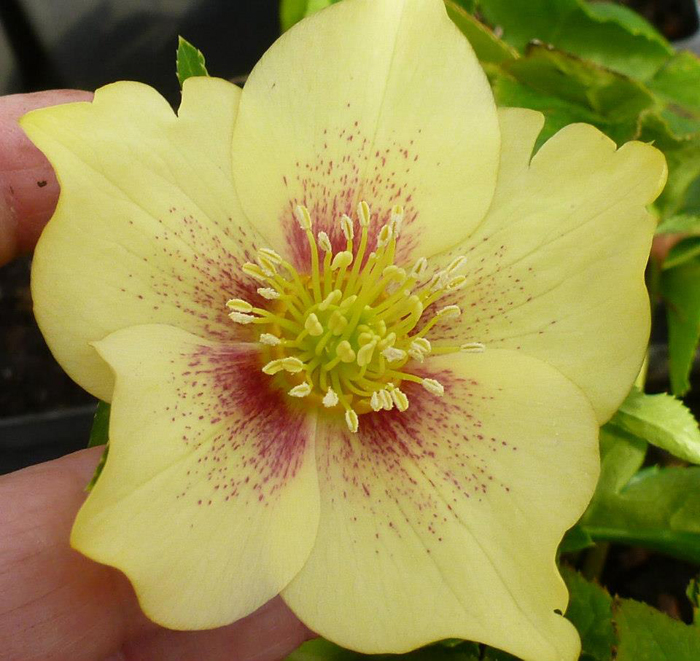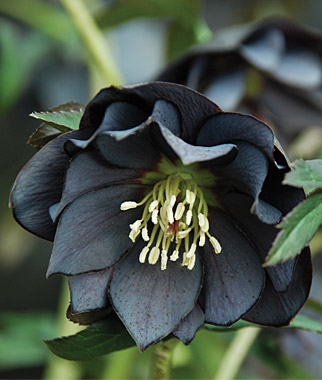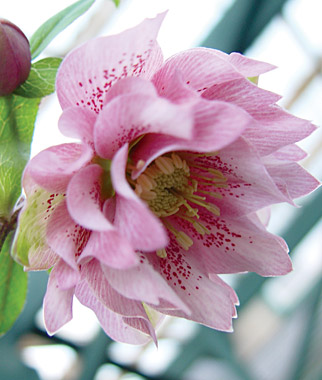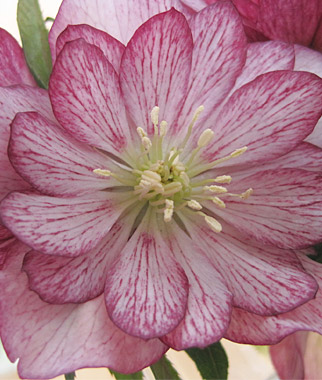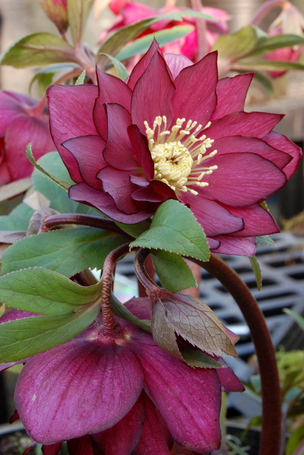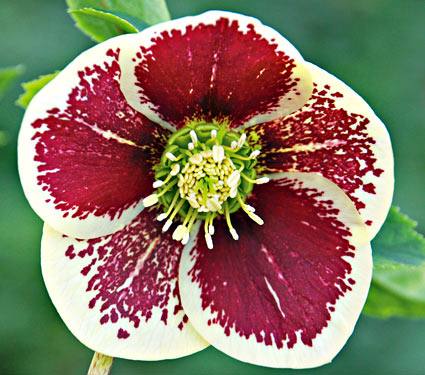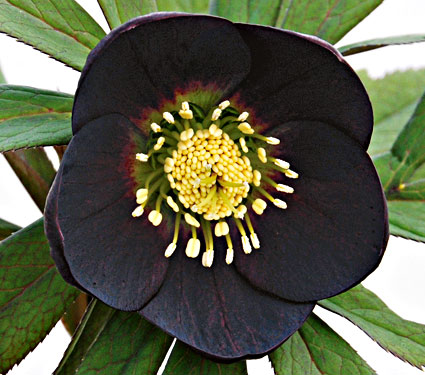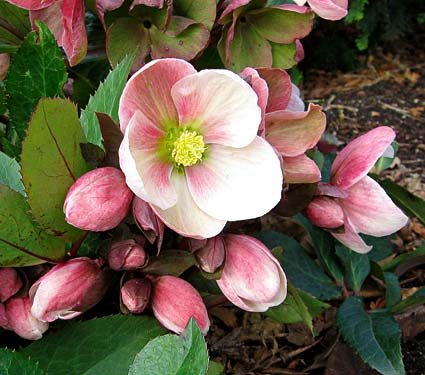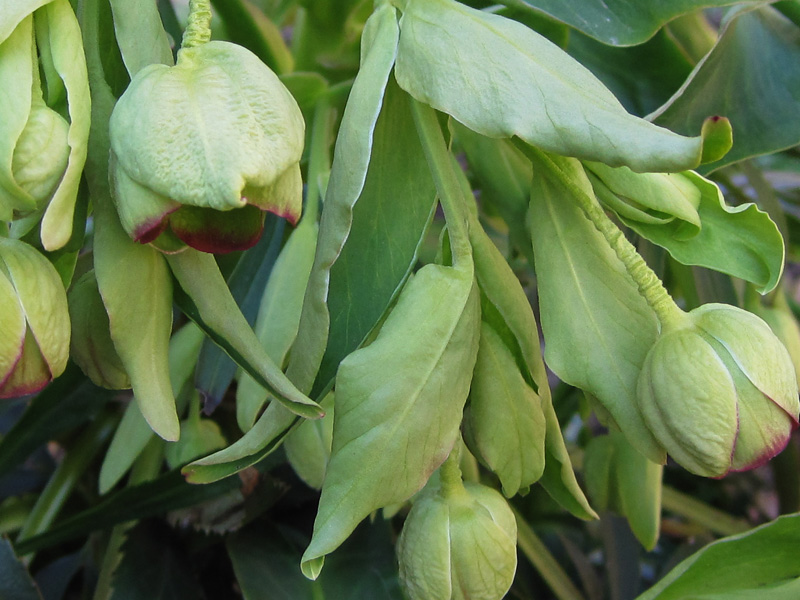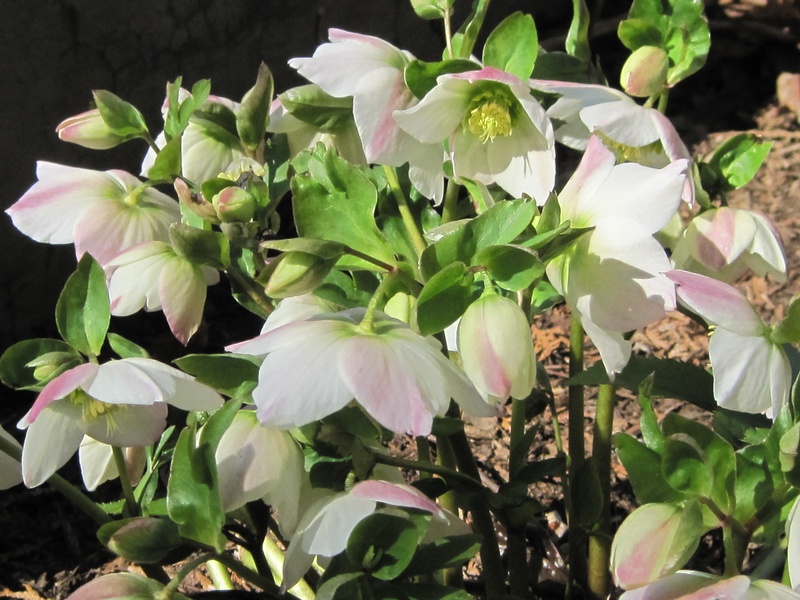Five-Plant Gardens
/I recently came across a book in the library called Five-Plant Gardens by Nancy J. Ondra, which features 52 ways to grow a perennial garden with just five plants. I was intrigued by the topic – it reminded me of the “5-Ingredient Recipes” cookbook that my sister-in-law swears by. The book was beautifully designed and illustrated, so I just had to bring it home for a closer look.
Nancy Ondra wrote this guide to simple gardening primarily for novice gardeners. As she states in her introduction, “..when you’re new to the process, starting with a manageable-sized space, a clear shopping list, and a simple-to-follow planting plan can make the difference between inspiring success and frustrating disappointment.” I think her five-plant strategy is great for gardeners of any experience level, and may even be very beneficial for those seasoned gardeners who are looking to scale back and simplify their complex, time consuming gardens.
The “Five-Plant Gardens” concept is a great organizing and editing tool. (And by “gardens”, I mean a garden bed, or a small plot, not the entire property.) After gardening on my own property for 22 years, studying landscape design and visiting hundreds of gardens, I can attest to “less is more.” Less variety and more of each type of plant, that is. Not the collector’s approach of “one of this and one of that”, but large masses of the same plant, which create a stronger statement in the landscape. It can be very hard to do, and requires steely self-control, (not to mention a special “collector’s bed” where you can house your impulse purchases), but the result can be very satisfying. And with a small variety of plants, the maintenance is much easier.
I have a “five-plant garden” that I installed 20 years ago, and it still pleases me after all these years. It is a shaded circular bed in the loop of my driveway, with a gazing globe as its focal point. The five perennials are hellebores, astilbes, cinnamon ferns, hostas, and fringed bleeding hearts – low maintenance shade plants that provide four-season interest.
Every month has its own highlight:
Hellebore foliage in winter gives way to flowers in March
Emerging fiddleheads in April
Hosta foliage unfurls in May
Cinnamon fronds and bleeding hearts steal the show in June
Astilbe blossoms explode in July
Hosta blooms stand out in August, and the changing colors of fall foliage provide interest from September through November.
I’m going to break the five-plant rule by adding snowdrops for February appeal. Since they are early bulbs that completely disappear, perhaps they won’t count?
You Might Also Like


